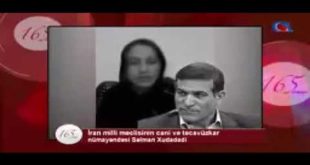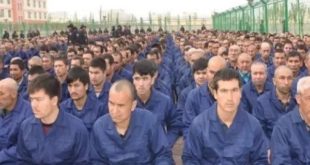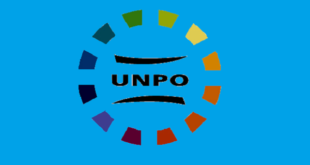WASHINGTON, U.S. July 24
It would be easy to write off President Donald Trump’s bellicose tweet threatening Iran Monday morning as a bit of “wag the dog,” a diversionary tactic to blunt criticism of his fawning treatment of Vladimir Putin in Helsinki, or from the news that his lawyer may possess embarrassing tapes with his voice.
There was no doubt that a tweet warning Iran it could suffer “consequences the likes of which few throughout history have ever suffered” would get a great deal of global attention, and to make sure that it did, Trump wrote most of the tweet in capital letters.
But according to multiple administration sources and briefings over several weeks with senior officials, the crackdown on Iran was long planned and is entirely consistent with Trump’s long-stated objectives.
It follows a carefully orchestrated sequence of events.
First, as Trump promised during the campaign, he withdrew from the 2015 Iran nuclear deal on May 8, despite substantial independent evidence Iran was complying with its terms. Trump reluctantly stuck with it for several months longer than he wished while Rex Tillerson was secretary of state, but once Tillerson was replaced by Mike Pompeo, who was joined by another anti-Iran hawk, National Security Advisor John Bolton, there were no restraints.
The pre-planned strategy was timed to set the stage for the re-imposition of U.S. economic sanctions on Iran three weeks from now, officials said, following the administration’s exit from the six-nation nuclear agreement with Iran.
Pompeo was the front man for the initial verbal volley Sunday night with a speech comparing Iran’s clerical and military leaders to “something that resembles the Mafia more than a government.” He all but urged Iranians to overthrow their government, saying, “I have a message for the people of Iran: the United States hears you. The United States supports you. The United States is with you.”
Pompeo also announced Sunday night that the U.S. Broadcasting Board of Governors is taking “new steps to help Iranians get around internet censorship.” (The board runs government news outlets like Voice of America and Radio Free Europe.) Most notably, the board is launching a new 24/7 Farsi-language channel using television, radio, digital, and social media formats “so that ordinary Iranians inside Iran and around the globe can know America stands with them.”
He also tweeted key sections of his speech last night in Farsi, although the tweets are unlikely to have reached the Iranian people. Twitter has been mostly blocked in Iran since the failed student-led uprising in 2009.
Pompeo’s speech was prepared before a belligerent but predictable rhetorical flourish from Iran’s President Hassan Rouhani, under fire from the regime’s hardliners for negotiating with the U.S.
“America should know that peace with Iran is the mother of all peace, and war with Iran is the mother of all wars,” Rouhani said, according to the country’s semi-official state news agency, in a remark that helped start the current round. Iran is also in conflict with American policy by supporting the terrorist groups Hezbollah and Hamas, propping up Syrian leader Bashar al-Assad (along with Russia), and backing Houthi rebels in Yemen.
The next stage in the strategy, as first reported by NBC News on July 14, was to lay the groundwork for a global embargo of Iran by telling European allies that their countries have to cut economic ties with Tehran by November if they want to continue trading with the U.S, a vastly larger market. There will probably be no waivers for German, British or French business interests, who will now have no choice but to end all trade with Iran, according to diplomatic sources.
Girding for a collapse of its resurgent oil industry, now exporting 2.5 million barrels a day, Tehran — OPEC’s third-largest producer — has reached out to China to pick up the slack and purchase its oil. For its part, the administration is also preparing for a potential spike in oil prices once Iran is offline, talking to the Saudis about increasing their output.
In this game of oil-supply chicken, Iran recently upped the ante, threatening to choke off oil shipments in the narrow Strait of Hormuz, the passage connecting the Persian Gulf with global waterways. Despite the construction of Saudi pipelines circumventing the strait, approximately 17.5 million barrels a day still pass through the narrow passage.
source: nbcnews
And the White House has a fallback strategy, still being debated, to soften the blow of rising oil prices by tapping the Strategic Petroleum Reserve, an emergency supply of crude oil stored in underground salt domes along the Texas and Louisiana Gulf coasts to be used in the case of an energy crisis.
But there’s a problem with the administration’s strategy of using an economic stranglehold to promote regime change, or, alternatively, force Tehran to the bargaining table. Unlike the president’s “fire and fury” rhetoric, which he at least publicly claims worked with North Korea’s Kim Jong Un, Iran is not the Hermit Kingdom.
“This is, it could be a disastrous misstep,” said Adm. William McRaven, the former Joint Special Operations commander in charge of the team that took down Osama Bin Laden, in an interview with NBC News.


